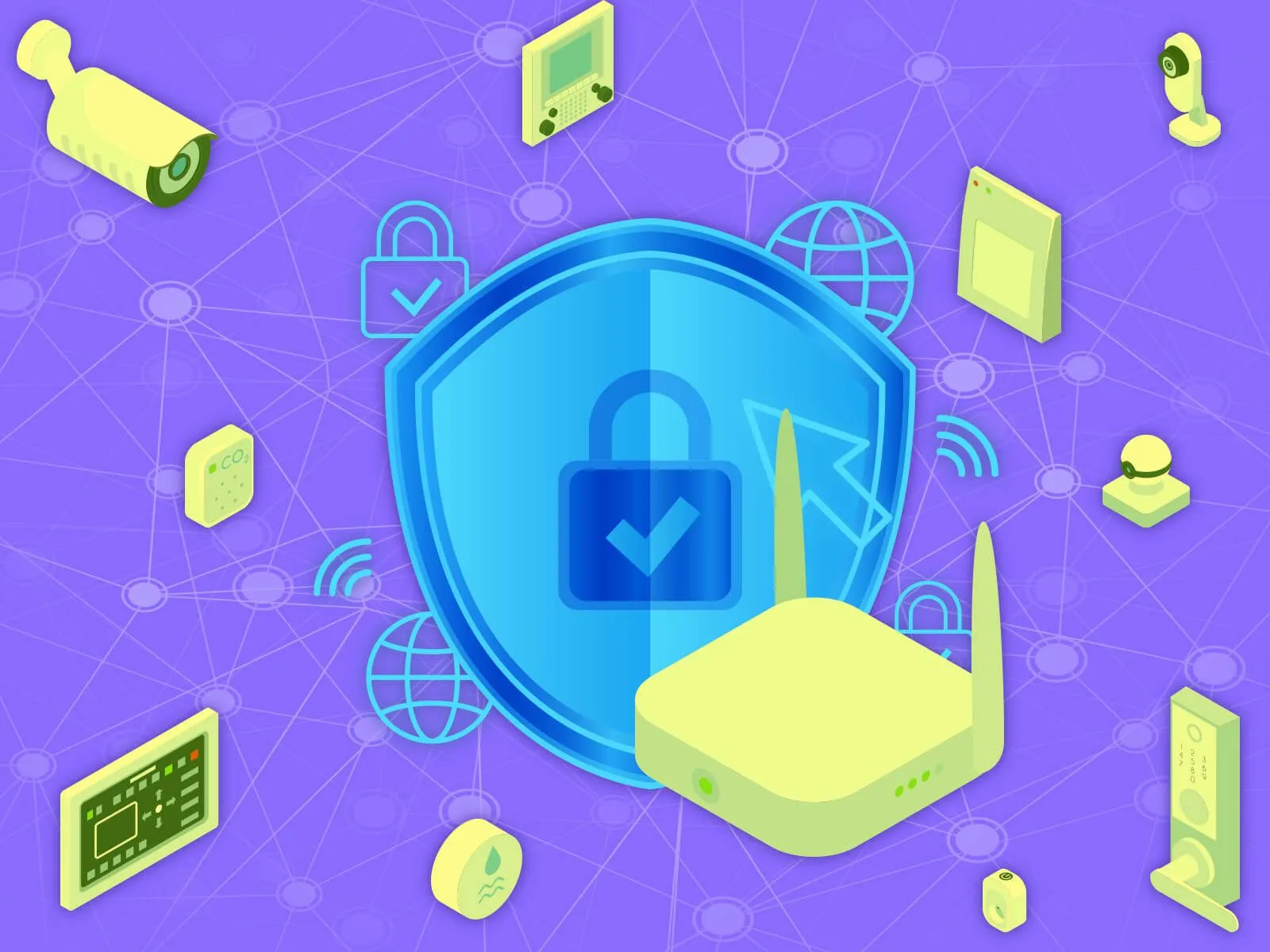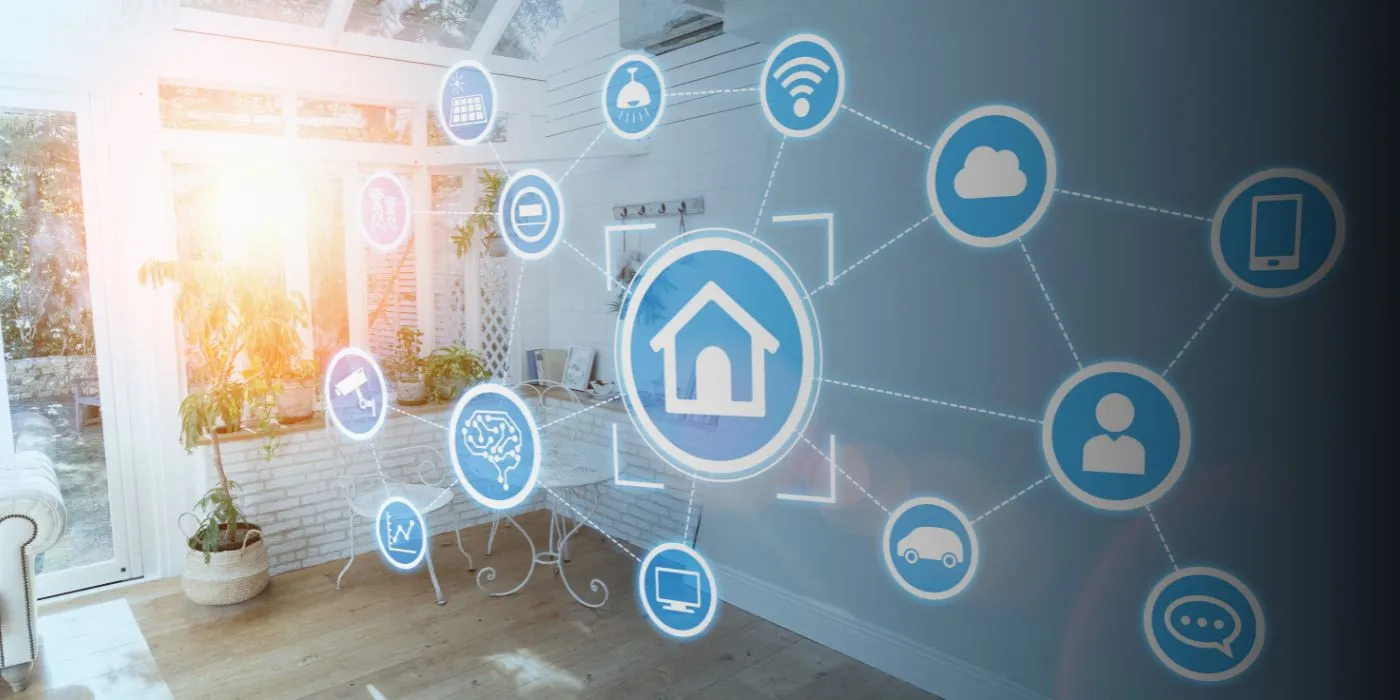In today’s interconnected world, maintaining a secure home network is essential for protecting your personal information, devices, and privacy. With the growing number of smart devices, the threat of cyberattacks is higher than ever. Taking proactive steps to secure your home network can help you safeguard your data and ensure peace of mind.
This guide presents 60+ effective ways to improve your home network security, grouped into categories for easier navigation. Whether you’re securing your Wi-Fi, enhancing device protection, or monitoring network activity, these tips will empower you to create a robust and secure home network.

Strengthen Your Wi-Fi Security
Your Wi-Fi network is the backbone of your home’s internet connectivity, making it a critical target for cyber threats. Implementing strong security measures can help you prevent unauthorized access and protect your data. Here are the top ways to secure your Wi-Fi network:
- Use a Strong Wi-Fi Password
Choose a complex password with a mix of letters, numbers, and symbols. Avoid using common words or easily guessable phrases. - Enable WPA3 Encryption
If your router supports WPA3, enable it for the highest level of wireless encryption available. WPA3 provides better security than older protocols like WPA2. - Hide Your SSID
Disable the broadcast of your Wi-Fi network’s name (SSID) to make it less visible to potential attackers. - Change the Default Router Settings
Update the default username and password of your router to something more secure. Factory defaults are often easy targets for hackers. - Use a Guest Network
Create a separate network for guests to prevent them from accessing your primary devices and data. - Limit Wi-Fi Range
Reduce your router’s signal strength to limit coverage outside your home, preventing unauthorized access from nearby areas. - Disable WPS
Wi-Fi Protected Setup (WPS) can be vulnerable to brute-force attacks. Disabling it enhances your network’s security. - Upgrade Your Router Firmware
Regularly check for and install firmware updates to patch vulnerabilities and improve security features. - Enable MAC Address Filtering
Whitelist specific devices by their MAC addresses to control which devices can connect to your network. - Use a Dual-Band Router
Opt for a dual-band router to separate 2.4 GHz and 5 GHz networks, reducing congestion and improving performance.

Protect Your Devices
Securing your devices is just as important as securing your Wi-Fi. Cybercriminals often exploit vulnerabilities in devices to gain access to networks. Following these best practices can help you safeguard your connected devices:
- Install Antivirus Software
Use reliable antivirus software to detect and prevent malware infections on your devices. - Enable Firewalls
Ensure that your devices’ built-in firewalls are activated to block unauthorized access attempts. - Update Device Software Regularly
Keep your operating systems, apps, and firmware up to date to patch security vulnerabilities. - Use Two-Factor Authentication (2FA)
Enable 2FA for all accounts and devices to add an extra layer of security. - Disable Unused Features
Turn off Bluetooth, file sharing, or other unnecessary features when not in use to reduce exposure to attacks. - Install Secure VPN Software
A virtual private network (VPN) encrypts your online activity, protecting your data from eavesdropping. - Secure IoT Devices
Change the default passwords of smart devices, and use devices from reputable manufacturers with a strong track record of security. - Enable Automatic Updates
Set devices to automatically install updates to ensure they’re always running the latest security patches. - Backup Your Data
Regularly back up important files to external drives or secure cloud storage to prevent data loss during cyber incidents. - Use Password Managers
A password manager can generate and securely store strong, unique passwords for all your accounts.

Monitor and Manage Your Network
Keeping a close eye on your network activity helps you identify and respond to suspicious behavior promptly. Effective network management ensures that potential threats are detected before they cause harm.
- Check Connected Devices Regularly
Use your router’s admin panel to monitor all devices connected to your network and remove unknown ones. - Enable Network Logging
Enable logging on your router to track connection attempts and detect unusual activity. - Use a Network Monitoring Tool
Install software to analyze your network traffic and identify vulnerabilities or threats. - Set Bandwidth Limits
Limit the bandwidth of certain devices to ensure optimal performance and prevent misuse of your network. - Disable Remote Access
Turn off remote management features on your router unless absolutely necessary. - Separate Work and Personal Devices
Create a dedicated network or VLAN for work devices to minimize risks associated with sensitive data. - Limit IoT Device Connections
Connect IoT devices to a separate network to isolate them from your primary network. - Scan for Rogue Access Points
Periodically check for unauthorized access points that may be set up to compromise your network. - Set Time-Based Access Controls
Restrict network access for certain devices during specific hours to enhance security. - Change Network Names Regularly
Renaming your SSID periodically can deter potential attackers from targeting your network.

Advanced Security Measures
For those seeking an extra layer of protection, advanced techniques can further enhance the security of your home network. These measures may require additional resources or technical knowledge but provide significant benefits.
- Use a Hardware Firewall
Invest in a dedicated hardware firewall to provide enterprise-grade security for your home network. - Enable VLANs
Create virtual LANs (VLANs) to segment your network and isolate sensitive devices from less secure ones. - Deploy Intrusion Detection Systems (IDS)
IDS tools monitor your network for signs of malicious activity and alert you to potential threats. - Implement DNS Filtering
Use DNS filtering services to block access to malicious websites and phishing domains. - Adopt Zero Trust Principles
Restrict access to your network and devices based on strict verification protocols, even for trusted users. - Use Encrypted DNS
Enable DNS over HTTPS (DoH) or DNS over TLS (DoT) to protect your DNS queries from interception. - Restrict Ports and Protocols
Block unused ports and disable protocols like Telnet to reduce your network’s attack surface. - Create Stronger Guest Network Policies
Enforce stricter rules for guest networks, such as disabling device-to-device communication. - Test Your Network Security
Conduct regular vulnerability assessments or penetration tests to identify and fix potential weaknesses. - Educate Family Members
Ensure everyone in your household understands the importance of network security and safe browsing practices.

Secure Your Home Router
Your router is the gateway to your home network, making it a critical component to secure. Many cyberattacks begin by exploiting weak router settings or outdated firmware. Taking the time to properly configure your router can prevent unauthorized access and ensure your network remains secure. By implementing the steps below, you can significantly reduce vulnerabilities and safeguard your internet connection from external threats. A well-secured router lays the foundation for a reliable and safe home network.
- Disable UPnP (Universal Plug and Play)
Turn off UPnP on your router to prevent unauthorized devices from automatically connecting to your network. - Use a Custom DNS Server
Switch to a secure DNS provider like Google Public DNS or Cloudflare for better performance and security. - Set Router Access to HTTPS
Configure your router’s admin panel to only allow HTTPS connections for secure communication. - Log Out of Router Settings
Always log out of your router’s admin panel after making changes to prevent unauthorized access. - Schedule Automatic Router Reboots
Restart your router regularly to clear temporary files and maintain optimal performance. - Enable Router Alerts
Set up alerts on your router to notify you of login attempts, new device connections, or firmware updates. - Change Router Location
Position your router in a central location within your home to reduce signal reach outside your property. - Disable Router Lights
Turn off unnecessary indicator lights to minimize distractions and prevent revealing activity status. - Consider a Mesh Wi-Fi System
Upgrade to a mesh Wi-Fi system for enhanced coverage and built-in security features. - Factory Reset Before Disposal
If replacing your router, ensure all settings are wiped with a factory reset before disposing of it.

Protect Against Phishing and Malware
Phishing attacks and malware infections are among the most common threats to home networks. These attacks often begin with unsuspecting users clicking on malicious links or downloading harmful files. Educating yourself and household members about safe online practices is crucial in combating these threats. Combining awareness with effective tools can help you minimize the risk of falling victim to cyberattacks. Stay vigilant and proactive to ensure a safer browsing experience for everyone.
- Be Cautious of Unknown Emails
Avoid opening emails from unknown senders and never click on suspicious links. - Install Anti-Phishing Extensions
Use browser extensions designed to detect and block phishing attempts. - Avoid Downloading Unverified Files
Download files only from trusted sources and scan them with antivirus software before opening. - Enable Spam Filters
Use email spam filters to automatically block potentially harmful messages from reaching your inbox. - Educate Household Members
Teach everyone in your home to recognize phishing emails and avoid suspicious links. - Use a Secure Browser
Switch to a privacy-focused browser like Brave or Firefox for enhanced security while browsing. - Beware of Pop-Ups
Never trust pop-ups claiming your device is infected or offering free rewards, as they are often scams. - Block Malicious Websites
Use a secure DNS or content filtering service to block access to known harmful websites. - Enable Ransomware Protection
Ensure your antivirus software includes features to detect and prevent ransomware attacks. - Stay Informed About Threats
Keep up-to-date with the latest phishing and malware tactics to protect yourself from emerging threats.

Adopt Secure Online Practices
Practising safe online habits is one of the easiest and most effective ways to strengthen your home network security. Many cyberattacks occur due to careless internet usage, such as visiting untrustworthy websites or sharing personal information on unsecured platforms. By staying mindful of your online activities and adopting these habits, you can protect your data, devices, and overall network security. Encourage all household members to follow these guidelines to create a safe digital environment.
- Use Secure Websites Only
Always ensure websites use HTTPS before entering personal or financial information. - Avoid Public Wi-Fi for Sensitive Tasks
Do not access banking or other sensitive accounts on public Wi-Fi without a VPN. - Limit Social Media Sharing
Avoid sharing personal information such as your home address or vacation plans on social media. - Regularly Clear Browsing Data
Delete cookies, cache, and browsing history to protect your privacy and improve browser performance. - Create Separate Email Accounts
Use different email addresses for work, personal use, and online registrations to minimize exposure. - Watch for Fake Apps
Only download apps from official stores like Google Play or the Apple App Store to avoid malware. - Set Strong Account Recovery Options
Ensure your recovery email and phone number are secure and up to date for all accounts. - Enable Browser Privacy Settings
Adjust your browser settings to block third-party cookies and limit tracking. - Avoid Clicking Shortened Links
Use link preview tools to verify shortened URLs before clicking on them. - Be Selective With App Permissions
Only grant apps the permissions they truly need to function and review these regularly.

Strengthen Physical Security for Your Network
While digital security is paramount, physical security should not be overlooked. Ensuring your devices and hardware are physically secure can prevent unauthorized access to your home network. Protecting your router, modem, and connected devices from tampering is a simple yet often underestimated step in maintaining network safety. By taking these precautions, you can minimize the risk of physical breaches and maintain greater control over your network’s integrity.
- Keep Your Router in a Secure Location
Place your router in a safe, central spot where it is not easily accessible to strangers or guests. - Lock Your Devices
Use password or biometric locks on laptops, phones, and tablets to prevent unauthorized use. - Disable Unused Ethernet Ports
Deactivate Ethernet ports on your router or wall connections to stop unauthorized plug-ins. - Label Your Equipment
Clearly mark your networking equipment to avoid accidental disconnections or tampering by others. - Secure External Storage Devices
Encrypt USB drives and external hard drives, and store them in a safe place when not in use. - Restrict Access During Maintenance
Supervise technicians or other service providers working near your networking hardware. - Use Tamper-Proof Locks for Network Closets
If you have a designated area for networking gear, install tamper-proof locks to secure it. - Install Security Cameras
Place cameras in areas with networking equipment to deter unauthorized access. - Power Down Devices When Away
Turn off your router and other connected devices if you’ll be away for an extended period. - Keep Backups of Configuration Files
Store router and network settings in a secure location to recover quickly after potential tampering.

Securing your home network is a crucial step in safeguarding your personal data, devices, and online activities from cyber threats. By implementing these 80+ strategies, you can create a robust defense against unauthorized access and malware while ensuring smooth and reliable network performance. From strengthening your Wi-Fi settings and protecting connected devices to monitoring network activity and adopting secure online practices, each action contributes to a safer digital environment.
Network security is an ongoing process that requires regular updates, vigilance, and adaptation to emerging threats. By staying informed and proactive, you can enjoy the convenience of a connected home without compromising your privacy and safety. Take these steps today to build a more secure home network and protect what matters most in your digital life










